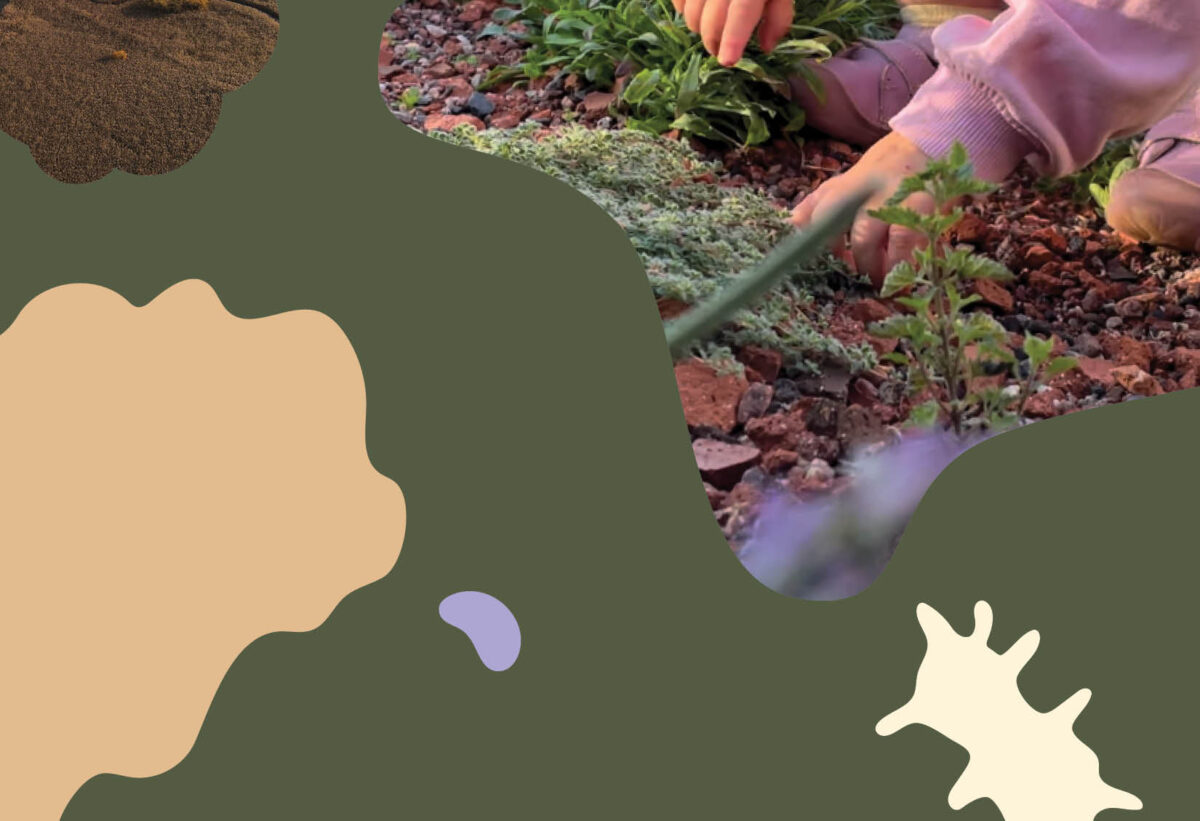Alku (beginning) is a child-friendly design method developed by Nomaji, drawing from our extensive experience in urban space and learning environment design. This method focuses on creating cities that prioritize children’s rights and overall well-being.
The method includes tools for analysis and participation, design solutions, and customizable outdoor structures and furniture. Crucially, at the centre of the design process are the perspectives and well-being of children and young people. In addition to children’s environments, such as schools and kindergartens, the method can be applied to improve child-friendliness in all outdoor spaces. It is adaptable to various scales, from urban planning to detailed landscape designs.
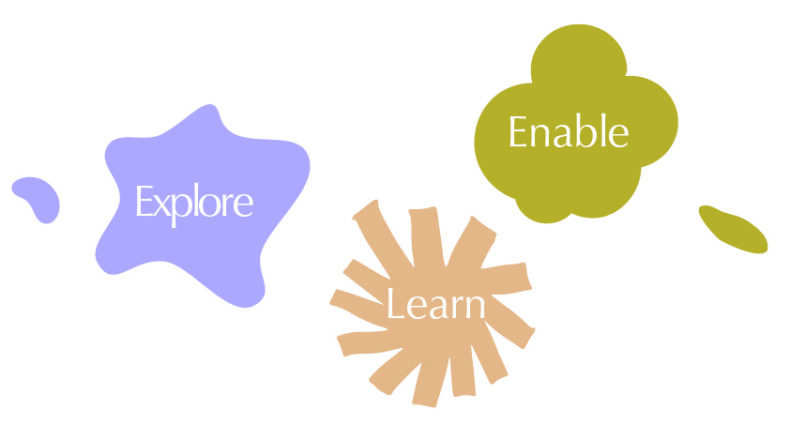
In a child-friendly environment, responsibility and sustainability are considered holistically. Based on our experience, such environments benefit all users, as a child-friendly city is diverse, interesting, safe, and healthy for everyone. It offers opportunities to learn and experience new things, promoting children’s growth and development in various ways. Simultaneously, it promotes care for the future.
The Alku method is founded on three design principles: enabling contact with nature, supporting spontaneous movement, and creating learning opportunities throughout the urban environment:
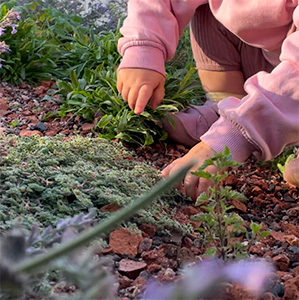
Connection with nature enhances children’s experiences and microbial contact. Scientific research continuously highlights the positive effects of regular contact with nature, such as the development of a child’s immune system. Nature contact also aids in understanding biological diversity and enhancing an appreciation for nature. Besides being in nature, natural elements and materials can be integrated into urban spaces.
Movement and play improve children’s motor skills, creativity and enhances learning. A child-friendly environment supports both guided and spontaneous movement by encouraging and enabling different ways of using the space. By adding playful elements to the urban environment, children and young people can engage in more movement while expanding the areas where they feel safe and comfortable.
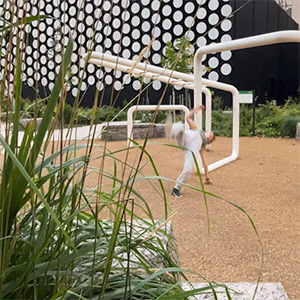
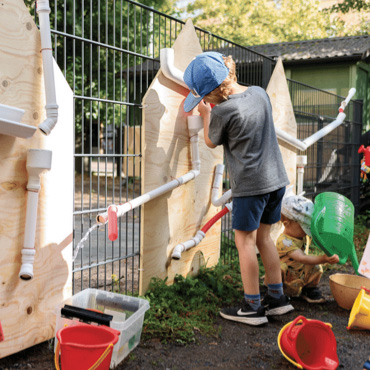
Interaction with nature supports diverse forms of learning. Learning outdoors increases motivation and teaches a range of skills. In a child-friendly environment, learning opportunities are available everywhere, and learning takes place independently through doing and experiencing. Outdoor spaces offer many learning opportunities, making learning more fun and meaningful.
We design concrete solutions that consider children’s needs as part of city development and enhance child-friendliness at a strategic level.
The Alku method is a forward-thinking approach where the children are the stars!
Get to know our works
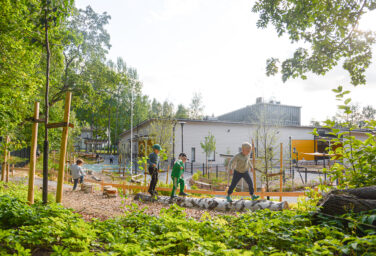
Tahmela Daycare’s Microbe-Friendly Yard
Tahmela Daycare is located in Pispala, Tampere, near the nationally valuable cultural landscape of Pispalanrinne. The former daycare building on […]
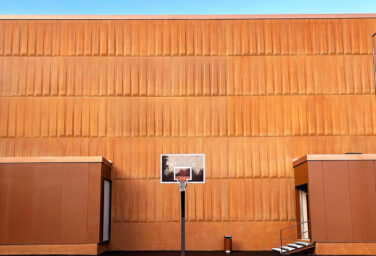
Namika Areena
Namika Areena is Helsinki NMKY’s new sports hall. The arena will serve Helsinki NMKY’s diverse activities for children and young people, as well as physical education at Pakila elementary school.
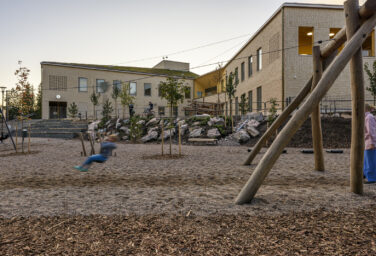
Kuninkaantammi Forest School
At Kuninkaantammi Forest School, nature’s health and well-being benefits are harnessed, and efforts have been made to preserve existing trees, rocks, and other natural elements as much as possible.
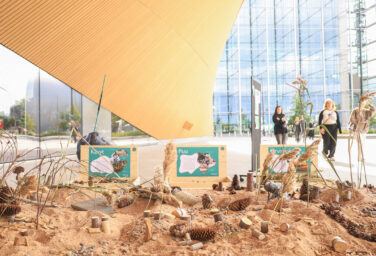
Alku goes Carbon Play
On Saturday 26.8, Nomaji organised Alku workshop on the theme of Carbon Play in front of the Oodi library. The workshop was arranged in collaboration with CO-CARBON, as part of the Carbon Smart Green Infrastructure festival.
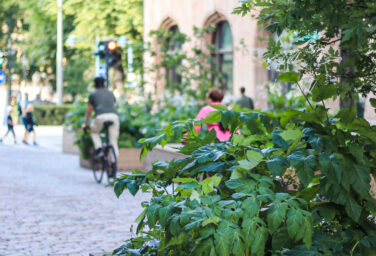
Helsinki Summer Streets 2022
The Summer Streets leading from Esplanad towards the Design Museum square brought the forest to the city. Nomaji and Sweco were responsible for the conceptualisation and design of the summer streets.
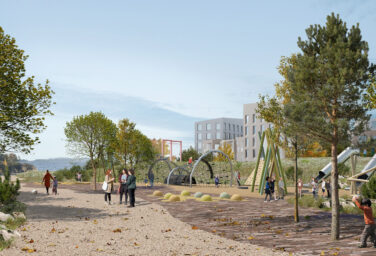
The Kruunuvuorenranta schoolyard and park
“Pelago” project is a result of collaboration between Nomaji and Rudanko+Kankkunen in the invited architecture competition organised by the city of Helsinki. The goal of the competition was to discover a vision and concept design of a new service block building in the Kruunuvuorenranta district and the southern part of the adjacent Haakoninlahti Park.
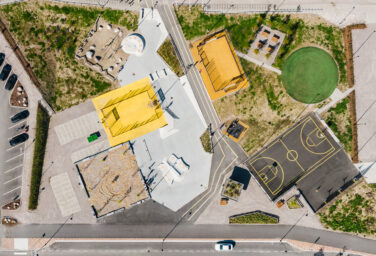
The Sipoonlahti school
The new Sipoonlahti school is one of the largest school centers in Finland. As part of the extension project, the entire schoolyard was renovated and a new local sport site was built in the area. The schoolyard serves as a versatile learning environment and is also a popular outdoor place for residents of the area outside the school hours.
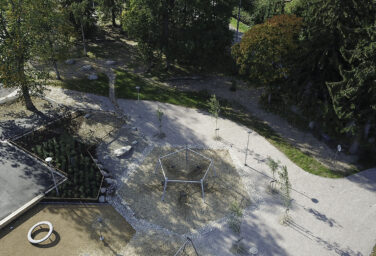
Design Principles for Outdoor Learning Environments
We defined a set of new design principles for school and kindergarten yards. The design guide is primarily intended for designers, but it also helps the client and users to define the needs and functions of the outdoor area.
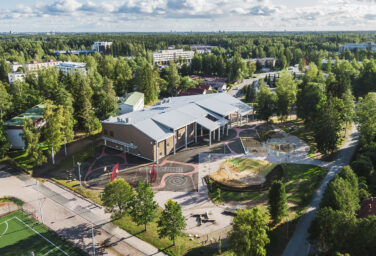
The Rajatorppa School
The old school building “Ilpola” was replaced by a new building and the old, protected building, will be renovated. Together with the students and teachers, places for learning were designed in the yard.
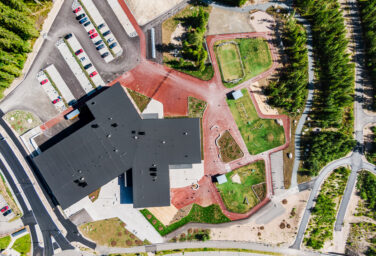
Metsäkalteva School
The Metsäkalteva school consists of a preschool and a primary school and has been planned with an option for expanding the building in the future. The school is a lively focal point of the new neighborhood where it also offers open multifunctional space for the residents during evening hours and weekends.
